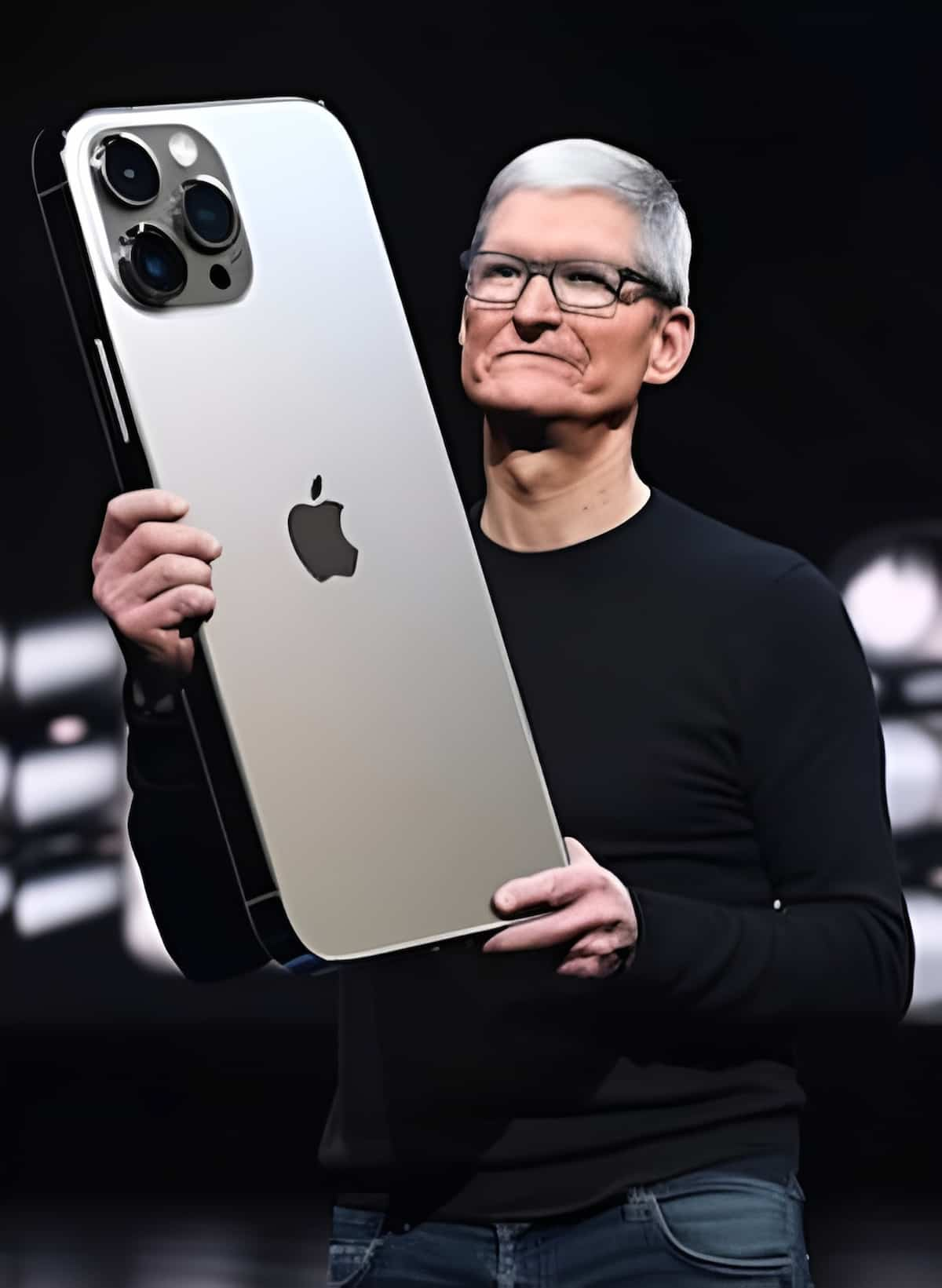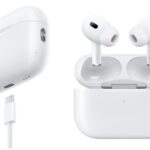Recently, a large-scale version of the iPhone 15 Pro Max has been making waves. But there’s a bit of confusion around it. Some claim it’s a true iPhone 15 Pro Max replica, while others argue it’s a hybrid of an Android device with an iPhone casing. Let’s set the record straight and clarify what’s really going on.
What Is This iPhone 15 Pro Max Replica?
At first glance, the oversized device might look like a colossal iPhone 15 Pro Max, but here’s where it gets interesting. The device in question is actually a scaled-up Android phone dressed in an iPhone 15 Pro Max casing.
The Core Issue: Android in an iPhone’s Skin
Here’s the crux of the matter: This replica is not a true iPhone 15 Pro Max. Instead, it’s an Android device designed to look like an iPhone. The intent was to create the largest smartphone replica, but it’s been marketed and reported as an iPhone 15 Pro Max. This has understandably caused some confusion.
Why It’s Not an iPhone 15 Pro Max
- Operating System: The device runs on Android, not iOS. It’s important to note that iOS, Apple’s operating system, cannot be legally or technically installed on non-Apple devices. Therefore, this replica, despite its appearance, operates on Android, which is an open-source operating system.
- Misleading Representation: By presenting it as an iPhone 15 Pro Max, there’s a risk of misleading people. This can create misconceptions about the nature of the device and its capabilities.
The Guinness World Records Issue
The Guinness World Records (GWR) has listed this creation as an iPhone 15 Pro Max. This could be seen as misleading because the device does not function as a true iPhone. It’s crucial to correct this to prevent further confusion and ensure that the record reflects the actual nature of the device.
Why the Confusion Matters
Understanding why this confusion matters can help clarify why accurate representation is essential.
The Impact on Consumers
- Expectations vs. Reality: Consumers might expect to see a functional iPhone when they encounter this replica. Instead, they find an Android device, which could lead to disappointment.
- Misleading Claims: Misleading claims about the device can skew perceptions of what is possible with current technology and what constitutes a true replica.
The Role of Accurate Reporting
Accurate reporting helps:
- Avoid Confusion: Ensures that people know what they’re really looking at and what to expect.
- Maintain Integrity: Keeps the information credible and trustworthy.
Addressing the Misconceptions
To address these misconceptions, here’s what should be done:
- Correct the Record: Update Guinness World Records and any other platforms to reflect that the device is a scaled-up Android phone, not an iPhone 15 Pro Max.
- Clarify the Intent: Make it clear that the goal was to create the largest smartphone replica, not a functional iPhone 15 Pro Max.
- Educate the Public: Inform people about the differences between the iPhone and Android devices, especially in terms of operating systems and legal restrictions.
Appreciating the Achievement
While it’s crucial to address the misinformation, it’s also important to appreciate the effort behind this creation. Crafting a large-scale replica that visually mimics an iPhone is no small feat. The challenge of designing and constructing such a device deserves recognition, even if it’s not a true iPhone.
Recognizing Innovation
- Engineering Feat: Creating a large-scale device requires significant engineering skills and creativity.
- Design Skill: The attention to detail in replicating the iPhone’s look, despite using Android, is commendable.
Conclusion
In summary, the device in question is an impressive creation, but it’s essential to correct the narrative. It’s a scaled-up Android phone presented in an iPhone casing, not a true iPhone 15 Pro Max. Properly addressing this ensures transparency and helps avoid misleading information.
Understanding these nuances allows you to appreciate the technological creativity involved while also recognizing the importance of accurate representation. If you come across such devices in the future, remember to check their specifications and operating systems to avoid any confusion.










